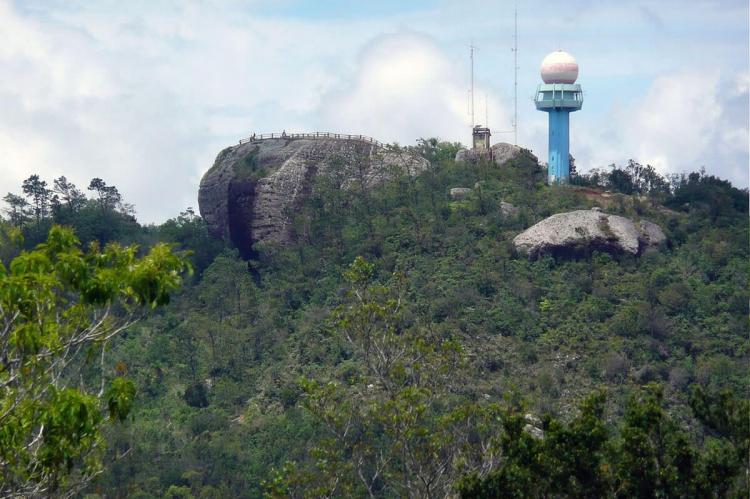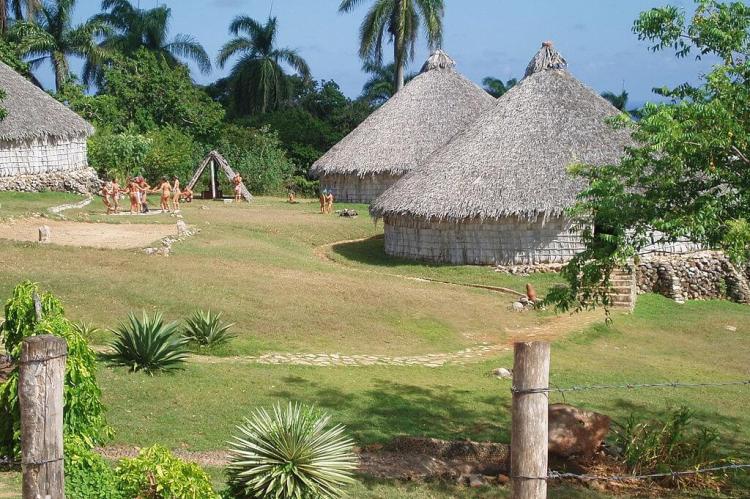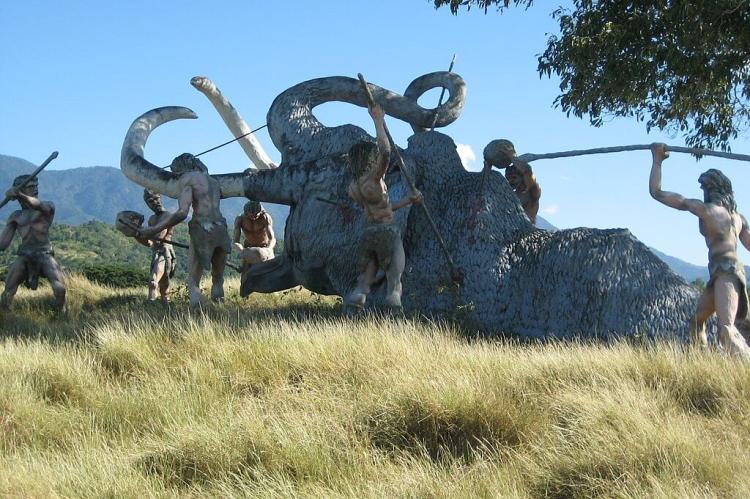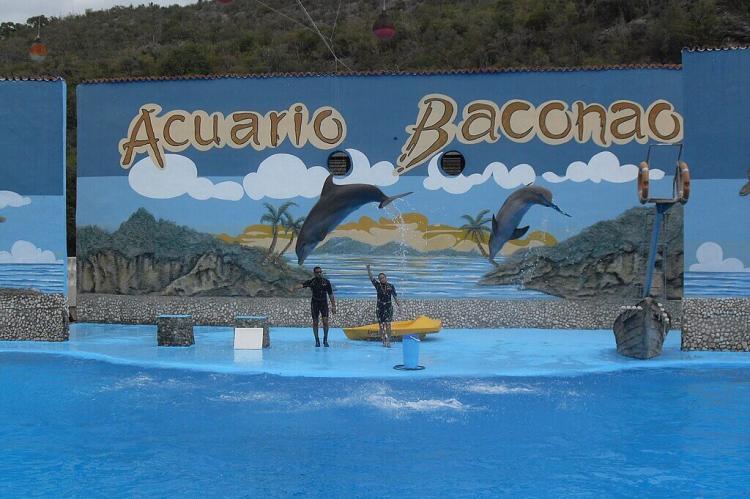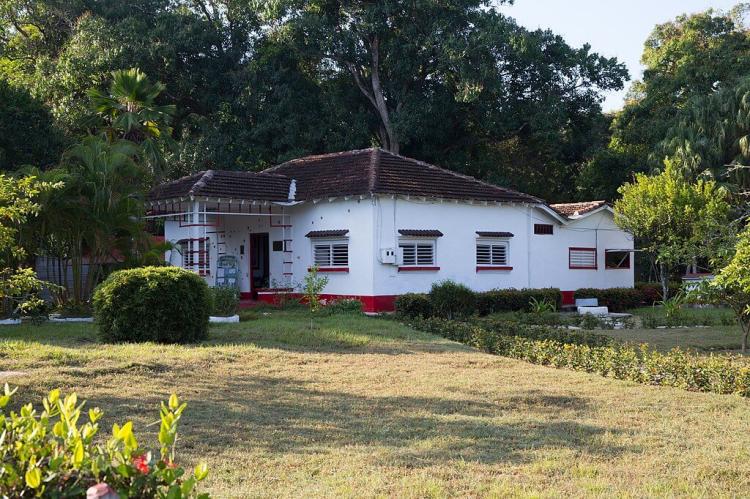Baconao Park and Biosphere Reserve: Exploring Cuba's Natural and Cultural Treasure
Nestled in the southeastern corner of Cuba, between Santiago de Cuba and Guantanamo, lies Baconao Park and Biosphere Reserve, a sprawling expanse of natural beauty and cultural heritage. This reserve is a sanctuary for biodiversity, housing a diverse range of ecosystems and endemic species.
Baconao Park and Biosphere Reserve: Exploring Cuba's Natural and Cultural Treasure
Nestled in the southeastern corner of Cuba, between the bustling cities of Santiago de Cuba and Guantanamo, lies Baconao Park and Biosphere Reserve, a sprawling expanse of natural beauty and cultural heritage. This reserve, covering an area of approximately 848 square kilometers (327 square miles), is a sanctuary for biodiversity, housing a diverse range of ecosystems and endemic species.
Ecological Diversity
The Baconao Biosphere Reserve encompasses three distinct biogeographic zones, each contributing to its rich tapestry of biodiversity. The Meseta de Santiago, Sierra de la Gran Piedra, and Meseta Santa Maria de Loreto collectively host various habitats, including rainy mountain forests, cloud forests, coastal xeromorphic bush forests, mangroves, and cave ecosystems. This diverse landscape provides a home to over 1,800 reported species of flora, many of which are endemic to the region. Myriad fauna thrive within the lush forests and coastal habitats, including threatened endemic species such as bats, spiders, and insects. Natural caves within the reserve serve as vital refuges for these species, highlighting the importance of preserving their habitat.
Cultural Heritage
Beyond its natural wonders, Baconao Park is steeped in cultural history, with archaeological sites dating back to ancient native cultures. Immigrant coffee plantations, established by Haitian and French settlers, have left an indelible mark on the local landscape and practices. These plantations introduced medicinal, culinary, and ornamental plant species, contributing to the region's cultural diversity and botanical richness. Visitors to Baconao Park can explore a range of cultural attractions. These sites offer glimpses into Cuba's past, connecting visitors with its indigenous roots and colonial history. Some of the main highlights include:
Great Rock (Gran Piedra): This iconic natural landmark is a massive rock formation perched atop the Sierra de la Gran Piedra. Visitors can embark on a scenic journey to the summit, where breathtaking panoramic views of the surrounding landscape await. The Great Rock is a geological marvel and a popular destination for hiking and nature enthusiasts.
Prehistoric Valley: Step back in time at the Prehistoric Valley, an outdoor museum featuring life-size replicas of dinosaurs and other prehistoric creatures. This attraction, set amidst lush vegetation and natural scenery, offers an immersive experience for visitors of all ages, providing insight into Cuba's ancient past.
Granjita Siboney Farm: Explore Cuba's agricultural heritage at Granjita Siboney Farm, a historic plantation in the reserve. Visitors can learn about traditional farming practices, sample local produce, and interact with farm animals. The farm offers a glimpse into rural life in Cuba and showcases the importance of agriculture in the region's economy.
Botanical Garden: Immerse yourself in the botanical wonders of Baconao Park's renowned botanical garden. The garden, which spans acres of landscaped grounds, is home to a diverse collection of plant species, including rare and endemic varieties. Visitors can stroll along winding paths, marvel at exotic flowers, and learn about the ecological significance of Cuba's flora.
Museum of History of Terrestrial Transport: Delve into the evolution of transportation at the Museum of History of Terrestrial Transport. This educational institution features exhibits on various modes of transportation, from vintage cars and locomotives to bicycles and horse-drawn carriages. Through interactive displays and artifacts, visitors can trace the development of transportation in Cuba and its impact on society.
Aquarium: The Baconao Aquarium is a place to discover the marine biodiversity of Cuba's coastal waters. Home to a wide array of aquatic species, including colorful fish, sharks, and sea turtles, the aquarium offers a captivating glimpse into the underwater world. Visitors can observe marine life up close through large viewing tanks and educational presentations.
Baconao Lagoon: Relax and unwind amidst the tranquil surroundings of Baconao Lagoon. This scenic water body provides boating, fishing, and birdwatching opportunities, making it a popular destination for outdoor recreation. With its picturesque vistas and serene ambiance, Baconao Lagoon offers a peaceful retreat for nature lovers.
Economic Impact
The tourism industry plays a vital role in the economic vitality of Baconao Park and its surrounding communities. Annually, approximately 370,000 national and foreign tourists flock to the reserve, drawn by its natural beauty and cultural allure. With 13 tourist accommodation centers, one museum, and three campgrounds within the reserve, tourism provides a significant source of income for residents. Additionally, the park supports various economic activities, including forestry, cattle raising, and agroecosystems. Coffee plantations, in particular, contribute to the region's agricultural economy, showcasing the symbiotic relationship between human livelihoods and natural resources.
Conservation Efforts
Preserving the ecological integrity of Baconao Park is paramount to its long-term sustainability. To this end, the Ministry of Science, Technology, and Environment (CITMA) oversees research and monitoring activities within the reserve. The Centro Oriental de Ecosistemas y Biodiversidad (BIOECO) is a hub for scientific inquiry, with hundreds of researchers contributing to conservation efforts. Through collaborative research and community engagement, stakeholders work together to mitigate threats to biodiversity, including habitat loss, invasive species, and climate change. By fostering a conservation and sustainable development culture, Baconao Park strives to preserve its natural and cultural heritage for future generations.
In conclusion, the Baconao Park and Biosphere Reserve is a testament to Cuba's rich natural and cultural heritage. This reserve offers a window into the island's past and present, from its diverse ecosystems and endemic species to its archaeological sites and cultural attractions. By balancing conservation with economic development, Baconao Park exemplifies the potential for harmony between humans and nature, serving as a model for sustainable tourism and environmental stewardship.
